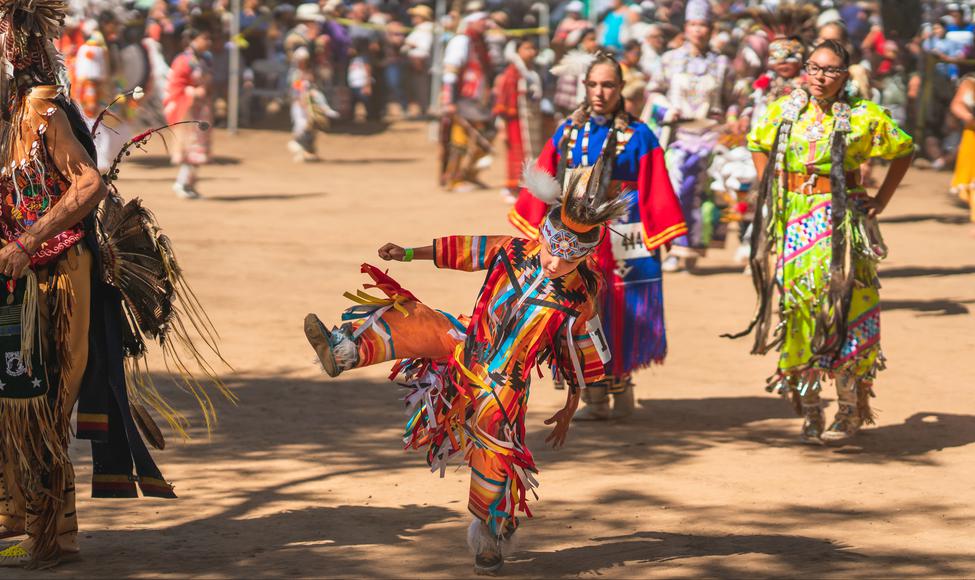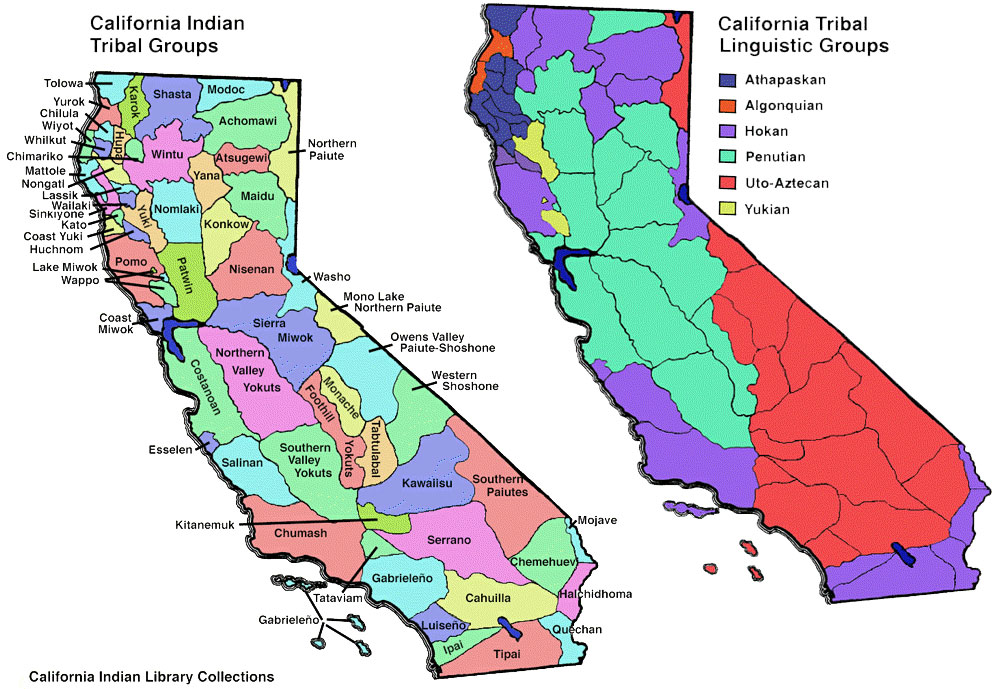California’s Indigenous Tapestry: A Journey Through Diverse Tribes and Rich Histories
California’s Indigenous Tapestry: A Journey Through Diverse Tribes and Rich Histories

California, the Golden State, is a land of breathtaking landscapes, vibrant cities, and a rich history that stretches back millennia. While the state is known for its modern innovations and bustling urban centers, its true foundation lies with the Indigenous peoples who have called this land home for generations.
This article delves into the fascinating tapestry of California’s Native tribes, exploring their diverse cultures, historical struggles, and enduring resilience. We’ll journey through time, uncovering the intricate traditions, languages, and stories that continue to shape the state’s identity.
Related Articles: California’s Indigenous Tapestry: A Journey Through Diverse Tribes and Rich Histories
- Unveiling the Rich Tapestry of Cherokee Traditions
- 101 Mind-Blowing Chuck Norris Facts That Will Make You Question Reality
- The Mystical Message: Feather Sightings Unveiling Spiritual Signs!
- Embracing Cultural Harmony: Celebrating Thanksgiving with Indigenous Traditions
- Get Ready to Soar in Style with the Eaglehead Dress
A Land of Diverse Tribes
California is home to a remarkable array of Native tribes, each with its unique language, customs, and spiritual beliefs. The state’s diverse geography, from the rugged Sierra Nevada mountains to the sun-drenched deserts and the vast Pacific coastline, has shaped the distinct cultures of these Indigenous communities.
Before European contact, California was a vibrant tapestry of over 100 distinct Native tribes, each with its own territory, language, and cultural practices. These tribes were deeply connected to their land, relying on its resources for sustenance and survival. Their knowledge of the environment, their intricate social structures, and their sophisticated spiritual beliefs were interwoven with the very fabric of the land.
Early Interactions and the Impact of Colonization
The arrival of Europeans in the 16th century marked a turning point in the history of California’s Native tribes. Initial encounters were often marked by curiosity and trade, but the interactions soon turned more exploitative. The Spanish, driven by a desire for gold and land, established missions and forced Native people into a system of labor and conversion. This period witnessed the displacement of tribes from their ancestral lands, the disruption of their traditional ways of life, and the introduction of diseases that ravaged their populations.
The Gold Rush of the mid-19th century further intensified the pressure on Native communities. The influx of miners and settlers led to widespread conflict, displacement, and the decimation of Native populations. The California State government, driven by a desire to secure land for its burgeoning population, actively sought to eliminate Native tribes and their cultures.
Resilience and Resistance
Despite the hardships they faced, California’s Native tribes displayed remarkable resilience and resistance. They fought for their land and their way of life, engaging in armed conflicts, organizing resistance movements, and preserving their cultural traditions.

Notable figures like Chief Sonoma of the Pomo tribe and Chief Atahualpa of the Yuki tribe led their people in battles against the encroaching settlers. While many Native communities were forcibly relocated to reservations, they continued to practice their traditions, languages, and spiritual beliefs in secret.
The Fight for Recognition and Rights
The 20th century saw a renewed fight for Native rights and recognition. The passage of the Indian Reorganization Act in 1934 provided some degree of self-government and protection for Native communities. However, the struggle for land rights, cultural preservation, and economic self-sufficiency continues to this day.
The Indian Gaming Regulatory Act of 1988 allowed tribes to establish casinos on their lands, providing a source of economic independence. However, this has also been met with controversy, with some arguing that it has led to a focus on gambling at the expense of other cultural and economic development initiatives.
Preserving Culture and Heritage

Today, California’s Native tribes are actively working to preserve their culture and heritage. They are revitalizing their languages, reviving traditional arts and crafts, and sharing their stories with future generations. Museums, cultural centers, and pow-wows offer opportunities to learn about the rich tapestry of Native cultures in California.
Modern Challenges and the Future of Native Tribes in California
Despite the progress made, California’s Native tribes still face significant challenges. These include issues related to poverty, lack of access to healthcare, environmental degradation, and the continued struggle for land rights.
The future of California’s Native tribes is intertwined with the state’s commitment to social justice, environmental stewardship, and cultural preservation. It is crucial to acknowledge the historical injustices faced by these communities and to work towards a future where their voices are heard, their cultures are respected, and their rights are protected.
Key Takeaways

- California is home to over 100 distinct Native tribes, each with its own unique language, customs, and spiritual beliefs.
- The arrival of Europeans in the 16th century led to a period of colonization, displacement, and cultural suppression.
- Despite the hardships they faced, California’s Native tribes displayed remarkable resilience and resistance.
- The struggle for recognition and rights continues today, with Native communities advocating for land rights, cultural preservation, and economic self-sufficiency.
- The future of California’s Native tribes is tied to the state’s commitment to social justice, environmental stewardship, and cultural preservation.
FAQs About Native Tribes in California
Q: How many Native tribes are there in California?
A: There are over 100 federally recognized Native tribes in California.
Q: What are some of the most well-known Native tribes in California?
A: Some of the most well-known Native tribes in California include the Chumash, the Miwok, the Pomo, the Yurok, and the Karuk.
Q: What are some of the challenges faced by Native tribes in California today?
A: Native tribes in California face challenges such as poverty, lack of access to healthcare, environmental degradation, and the continued struggle for land rights.
Q: What can I do to support Native tribes in California?
A: You can support Native tribes in California by educating yourself about their history and culture, attending pow-wows and cultural events, and supporting Native-owned businesses. You can also advocate for policies that promote Native rights and self-determination.
Q: Where can I learn more about Native tribes in California?
A: You can learn more about Native tribes in California by visiting museums, cultural centers, and websites dedicated to Native American history and culture. You can also contact local Native American organizations for information and resources.

Closure
Thus, we hope this article has provided valuable insights into California’s Indigenous Tapestry: A Journey Through Diverse Tribes and Rich Histories. We thank you for taking the time to read this article. See you in our next article!